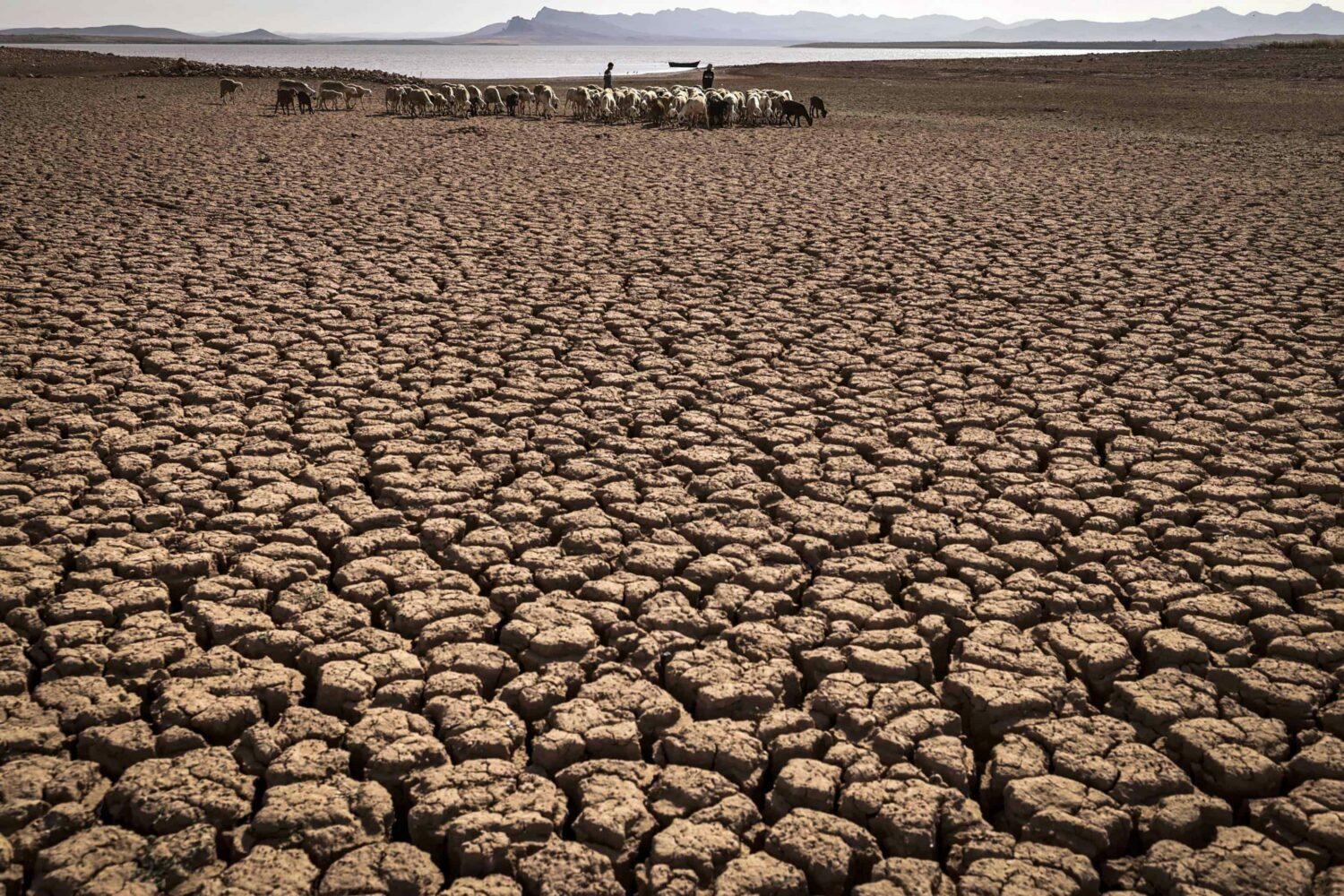DAVOS-KLOSTERS, SWITZERLAND– The World Economic Forum Tuesday launched the Giving to Amplify Earth Action (GAEA), to help unlock the US$3 trillion of financing needed each year to reach net zero, reverse nature loss and restore biodiversity by 2050.
The GAEA is a global initiative to fund and grow new and existing public, private and philanthropic partnerships (PPPPs). The GAEA will help provide US$3 trillion for achieving net-zero status and dealing with climate change.
With the energy and cost of living crises, the ambition of steering the planet towards a 1.5-degree Celsius warming pathway hangs in the balance.
Meanwhile, the recent agreement at the UN Biodiversity Conference (CBD COP15) in Montreal to conserve 30 percent of all earth and sea looks bold but fragile in the face of a rising biodiversity crisis.
Current funding is slow and inadequate, and a new approach is needed to get capital flowing.
Philanthropic giving can address this, with unique qualities not found in other financing: it is nimble, more tolerant of risks and is driven by values and long-term outcomes rather than quarterly returns.
“We are at a tipping point in our efforts to put the planet back on track to meet our climate ambitions,” said Klaus Schwab, Founder and Executive Chairman, World Economic Forum.
Philanthropic financing for climate mitigation has risen in recent years, but still represents less than 2 percent of total philanthropic giving, estimated at $810 billion in 2021.
Greater philanthropic funding for climate and nature will support, not detract from, existing social priorities.
As recently noted by Rajiv Shah, President, The Rockefeller Foundation, “Climate change poses a singular threat to humanity … we must directly confront climate change, even as we redouble efforts in our traditional program areas – health, power, food and equity.”
Over the next 12 months, supported by McKinsey Sustainability as a knowledge partner, GAEA will work with founding members to build momentum around three clear objectives.
It will convene leaders from the public, private and philanthropic sectors to identify and target climate and nature solutions where they are best positioned to play a catalytic role.
It will pilot and refine funding models that can support PPPP interventions.
GAEA will scale up and replicate successful approaches to new sectors, regions and actors.
Wendy Abrams, Chief Executive Officer, Eleven Eleven Foundation said, “We need more companies, family offices, individuals and the new generation of philanthropists to get involved in the climate and nature conversation.”
Rania Al-Mashat, Minister for International Cooperation, Government of Egypt, said, “This call to action is extremely timely, as it builds on the directions set during COP 27 in Sharm El-Sheikh, under the Egyptian presidency.”
She said, “Egypt will work closely with the World Economic Forum to build effective and impactful philanthropic public private partnerships and promote the role of the prominent ‘P’ – Philanthropy.”
Per Heggenes, Chief Executive Officer, IKEA Foundation, said, “We are proud to support the launch of the GAEA initiative. The global figure of philanthropic capital for climate mitigation currently stands 2 percent and that is just not acceptable.”
He said, “It’s only by working together at scale that we can unlock the investment required to achieve our ambitious climate goals and protect the planet.”
Badr Jafar, Chief Executive Officer, Crescent Enterprises, said, “There is a historic opportunity to harness the full potential of philanthropic organizations, family offices and other innovative capital players, in unity with government and business to address our climate and nature goals.”
Helen Mountford, Chief Executive Officer, ClimateWorks, said, “By unleashing the small but mighty ‘P’ of philanthropy, we can create truly catalytic partnerships that unlock ambitious and collaborative public, private and philanthropic action to improve people’s lives.”
Lim Seok Hui, Chief Executive Officer, Philanthropy Asia Alliance (by Temasek Trust), said, “GAEA’s first Asia-focused key deliverable that will be launched later this year by PAA in partnership with the World Economic Forum, is a climate philanthropy report on multi-stakeholder partnerships as a force to combat complex climate challenges.”
Bob Sternfels, Chief Executive Officer, McKinsey & Company, said, “We are very excited to support GAEA’s aim to better connect philanthropic capital with public and private sector efforts to strengthen climate and nature solutions.”








